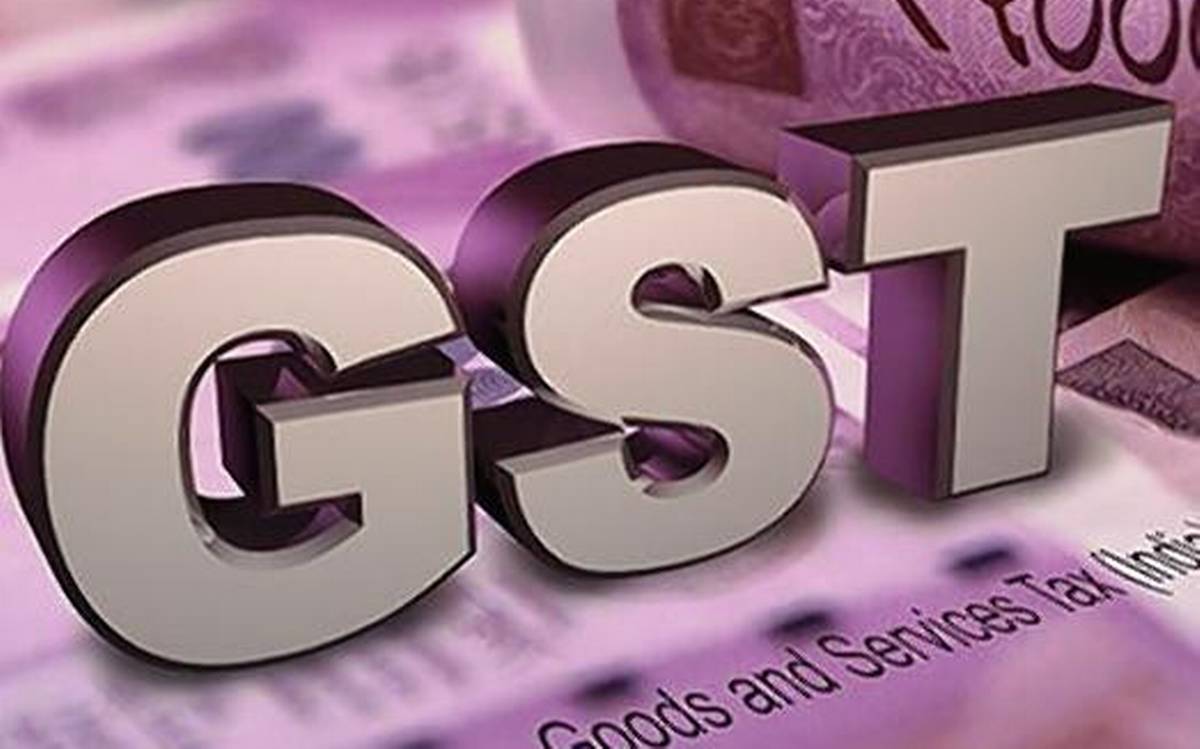
“Paying Tax Should be Framed as a Glorious Civic Duty that is Worthy of Gratitude – Not a Punishment for Making Money.” – Alain De Botton
That being said – we must also know enough about these taxes. You must know that not paying a tax is an offence, and on the other hand, not knowing how much of your expenditure and income you pay as tax – is not an offence, but it sure is doing yourself wrong. You also might be thinking, these taxes change every year – what is the point – the point is you will be updated, and your financial statements will be sound and stable. Here, we will talk about GST (Goods and Services Tax) – so buckle up and get ready for insights into classifications under GST.
What is GST?
GST stands for Goods and Services Tax. It is an indirect tax that has largely superseded many other indirect taxes in India, including excise duty, VAT, and services tax. The Goods and Services Tax Act was passed by Parliament on March 29, 2017, and went into effect on July 1, 2017.
In other words, the Products and Services Tax (GST) is levied on the provision of goods and services. The Goods and Services Tax Law in India is a multi-stage, destination-based tax applied on every value addition. The Goods and Services Tax (GST) is a single domestic indirect tax law that applies to the entire country.
What is Taxed Under GST?
A taxable event occurs for all investors or parties who pay taxes to the government. Prior to the advent of GST, these occurrences were distinct for each statute under the conventional tax structure. However, following 2017, there was a dramatic change in the definition of the taxable event, with the “supply” of a specific commodity or service becoming the focal point for taxation for offshore company.
With a few exceptions and exclusions, the concept of supply is fairly broad and embraces all forms of provision. The sale, transfer, barter, exchange, license, rental, lease, or disposal of goods and services fall under the purview of GST.
Certain basic items, for example, are exempt from GST, while others, such as demerit goods and luxury items, are subject to an extra cess. Certain precious metals (such as gold) and unique stones are subject to higher GST rates in addition to the standard applicable rates.
A regulated system of numbers and names was devised to classify traded products. The Harmonised System of Nomenclature – GST HSN Code in India code is commonly used to classify products under the GST regime, whereas the Services Accounting Code (SAC) code is used to describe services.
Classifications of GST
The government has established various taxation rates for each, which will apply to the payment of tax for goods and/or services delivered.
1. Integrated Goods and Services Tax
The Integrated Products and Services Tax (IGST) is a tax levied under the GST regime on the interstate (between two states) supplies of goods and/or services, as well as imports and exports. The IGST Act governs the IGST. The Central Government is in charge of collecting taxes under the IGST. The Central Government divides the proceeds of taxation among the various states after they have been collected.
2. State Goods and Services Tax
The State Goods and Services Tax (SGST) is a tax levied under the GST regime on intrastate (inside the same state) transactions. Both State GST and Central GST are charged on intrastate supplies of goods and/or services. The State GST or SGST, on the other hand, is levied by the state on products and/or services purchased or sold within the state.
3. Central Goods and Services Tax
The Central Goods and Services Tax (CGST), like State GST, is a tax levied under the GST regime that is levied on intrastate (inside the same state) transactions. The CGST Act governs the CGST. The Central Government is in charge of collecting the CGST income.
4. Union Territory Goods and Services Tax
The Union Territory Products and Services Tax (UTGST) is the equivalent of the State Goods and Services Tax (SGST) and is charged on the delivery of goods and/or services in India’s Union Territories (UTs). The UTGST is levied on supplies of products and/or services in the Andaman and Nicobar Islands, Chandigarh, Daman Diu, Dadra and Nagar Haveli, and Lakshadweep. The UTGST Act governs the UTGST. The Union Territory government collects the revenue generated by UTGST.
Why is GST Needed?
- Previously, the Indian tax system featured several levies at the central and state levels, which frequently confused taxpayers. Taxes have been grouped together under the “one nation, one tax” system, with the goal of making the tax filing procedure easier for taxpayers.
- GST facilitates the cross-border movement of goods and services. Manufacturers can now avoid paying CST (Central Sales Tax) and other taxes thanks to the implementation of IGST.
- GST introduces a single tax department, resulting in fewer tax regulations and uniform subsumption of numerous tax departments.
- Anti-profiteering provisions have been inserted in the GST law to protect consumers. Any reduction in the tax rate on any supply of goods or services, or any advantage from the input tax credit, must be passed on to the consumer by lowering the commission in prices.
Conclusion
Did you know that GST was one of the largest and most impactful reforms in tax? It is always a good thing that you find out more about GST.
Write and Win: Participate in Creative writing Contest & International Essay Contest and win fabulous prizes.

